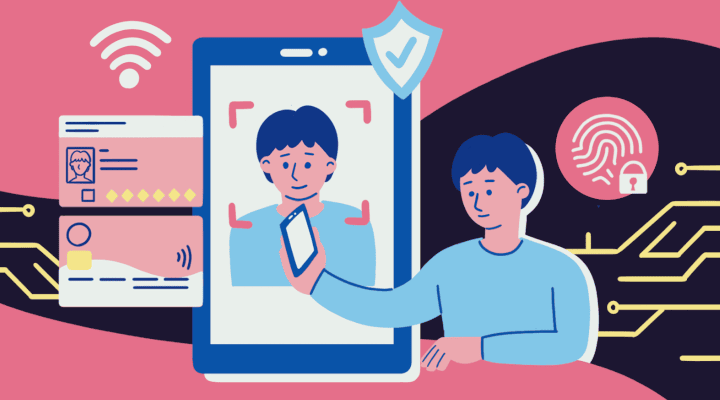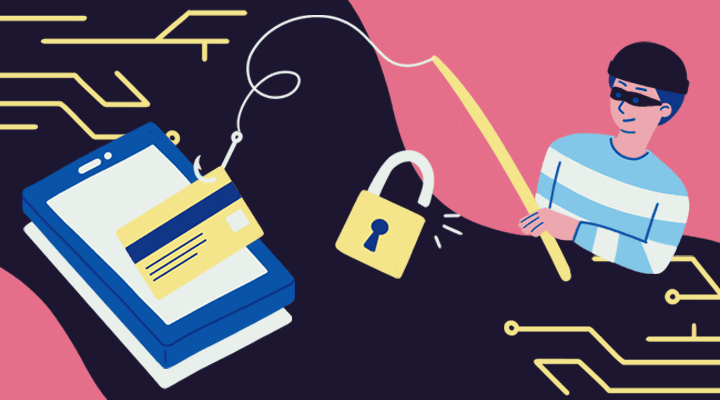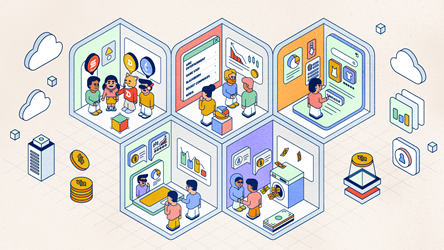When Identity Goes Digital

A Trend to Watch
For many Singapore residents, Singpass, our national digital identity platform, is an integral part of our lives. When Singaporeans and Permanent Residents turn 15, we become eligible for a Singpass account. This digital identification (ID) enables us to access essential government and private sector services such as tax and CPF payments, housing applications and medical services.
Digital ID simplifies these interactions between citizens, governments and businesses. For example, we do not need multiple accounts for different services, and can authenticate our identities in a fast and secure manner.
Did You Know?
Singaporean residents who are on Singpass can access over 2,000 government and private sector services online and in person.
Safeguarding Digital Identity
Even though technical safeguards are in place, Singapore residents must be vigilant and play an active role to keep their Singpass safe to combat fast-evolving scams and threats.
Follow these security tips:
- Singpass never sends web links or QR codes via SMS or WhatsApp
- Always check that the URL domain of the Singpass website is singpass.gov.sg
- Look out for transactional alerts from Singpass, and keep your contact details up to date
- Never share your Singpass ID, password and 2FA details with others.
Read more information on how to transact securely using Singpass.
For all its usefulness, however, countries using digital ID have to overcome challenges such as privacy and security issues, and potentially excluding less tech-savvy people.

Global Outlook
Singpass is just one of approximately 165 digital ID schemes in place worldwide. Many of these schemes also integrate ID with other essential services.
- Denmark – NemID
Danish residents who are above 15 years old and have a national identification number can apply for NemID. This grants them access to a variety of public and private services, such as filing tax and health information, applying for study programmes, and online banking.
NemID consists of a user ID, password and key card, along with an optional mobile app or key fob. However, the key card was found to be easy to copy and abuse, and will soon be replaced by a new system, MitID.
- India – Aadhaar
India’s Aadhaar is the world’s largest biometric ID system, with over 1.1 billion users. It consists of a random 12-digit number linked to demographic information as well as biometrics such as fingerprints, iris scans and photographs.
Aadhaar is universally accepted across the country, which provides convenience for the millions of people who migrate within it. Citizens can use the ID to pay taxes, apply for a passport, open bank accounts and obtain government subsidies.
During the pandemic, the Indian government also experimented with using face biometrics instead of fingerprint verification for COVID-19 vaccination. After a successful pilot, plans are in motion to implement this initiative in vaccination centres nationwide.
- Estonia – eID
Many countries are new to digital ID, but Estonia is not one of them. The country has had an electronic ID system (known as eID) for 20 years. Aside from a physical card, users can also access their ID through a special SIM card or app. The ID can be used for bill payments, online voting and even online shopping.
Since 2014, Estonia has also been offering a unique e-residency programme. Regardless of their location and citizenship, anyone can become an e-resident of Estonia. This gives them easy access to Estonia’s business environment, which means they can start an EU-based company and manage it remotely, entirely online.

Learn The Lingo
Multi-factor authentication: An electronic authentication method that requires users to prove their identity using two or more pieces of evidence. Instead of only typing in their username and password, for example, users might also have to enter a one-time password sent directly to their phones.
This method tends to involve three types of “factors”: something you know, such as a password; something you have, such as a security token; and something you are, such as a fingerprint.
Phishing: A type of cyber-attack where personal and financial information is obtained, such as login details, bank account numbers and credit card numbers.
Cybercriminals will often disguise themselves as legitimate individuals or organisations in communication channels such as email or SMS. If you receive such messages, always verify the email address or number to ensure it is not a scam.

To get more stories like this, subscribe to the Challenge Telegram channel.
- POSTED ON
Nov 11, 2022
- TEXT BY
Hidayah Md Sham
- ILLUSTRATION BY
Yu En









